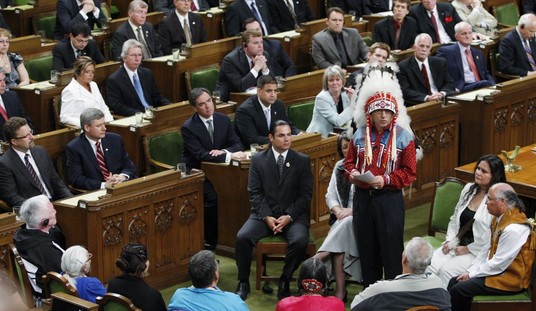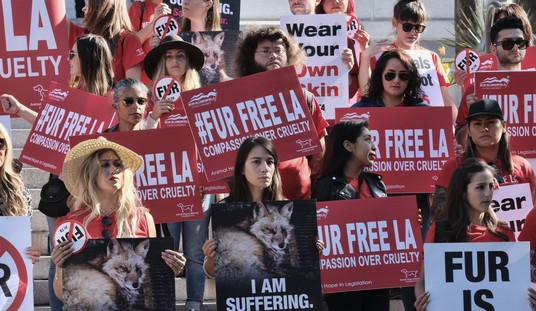Over the past year, CEOs and other leaders have been bowled over by a small group of loud and combative woke activists intent on bringing concepts that are corrosive to the bonds that are essential for teamwork and productivity into the workplace and our public institutions. The ideas come under the broad heading of critical race theory. This ideological push started to bubble up in 2017 when Denise Young Smith, a black female employee and 20-year veteran of Apple, was forced to resign after saying diversity was more than skin deep. At a conference, she said:
“There can be 12 white, blue-eyed, blond men in a room and they’re going to be diverse too because they’re going to bring a different life experience and life perspective to the conversation”
“Diversity is the human experience,” she said, according to Quartz. “I get a little bit frustrated when diversity or the term diversity is tagged to the people of color, or the women, or the LGBT.”
This statement is objectively true. The perspective and experience of someone like author J.D. Vance, who worked his way out of Appalachia’s poverty-stricken culture, is going to be different from John Kerry’s stepson Chris Heinz, a trust-fund baby and heir to a portion of the ketchup company’s fortune. However, as of 2017, it was clear you could not say these things, even if they were accurate. In a short four years, the Overton window has narrowed considerably as books like White Fragility and How to Be an Anti-Racist have burst out of the university and into corporate training departments.
Organizational Psychologist Dr. Karlyn Borysenko offered the most effective strategy CEOs can use to resist these kinds of training programs in a recent interview with Glenn Beck. She is a consultant who helps organizations function more efficiently and improve company culture. She rose to prominence as a member of the Walk Away movement after attending a Trump rally and writing a viral blog about her experience.
Her objection to critical-race training is negatively impacting her training business. After 15 years in high-level human resources positions, I can identify with this challenge because my objections to it would undoubtedly affect my employability if I attempted to return. I won’t return to this environment because of the simple belief that these programs negatively impact everything from productivity to organizational trust and innovation. Following this summer’s riots and reckoning, I was shocked at the internal communications from CEOs sent to me by former colleagues that seemed to admit to motivations or endemic issues in their organizations that could actually create liability.
Sadly, Borysenko shared that many corporations are being forced into these programs by their HR teams and employees. But her executive coaching business, which helps leaders navigate this environment, is going very well. Many CEOs she speaks with don’t want critical race theory in their organizations and are at a loss on how to proceed. According to Borysenko, Coinbase’s CEO handled it effectively:
Well, I would look at an executive like Coinbase’s CEO that says this is not a part of our business. We’re going to be focusing on our core business initiatives. And if you don’t like it, here’s a nice severance package and you can leave. When Coinbase’s CEO did that, only 5% of their employees took that severance package. That is a fair price to get toxic employees out of your organization. They are only going to drive your organization down. That is the best strategy I’ve seen so far.
Coinbase CEO Brian Armstrong wrote a blog post on the company’s position and why they do not tackle societal or political issues. It is a foundational document on building a high-performance team to pursue mission-critical activities. In it, he summed up what the company and its employees won’t do and what they choose to do:
We won’t:
- Debate causes or political candidates internally that are unrelated to work
- Expect the company to represent our personal beliefs externally
- Assume negative intent, or not have each other’s back
- Take on activism outside of our core mission at work
We will:
- Fight to get on the same page when we have differences
- Support each other, and create team cohesion
- Assume positive intent
- Put the company goals ahead of our teams or individual goals
Anderson shed the 5% of employees who would have smashed the high-performance, mission-driven culture he is determined to build and allowed the 95% of employees to be an integral part of his larger vision. His approach is a roadmap for CEOs interested in creating a cohesive and focused workforce.
WATCH the full interview with Dr. Karlyn Borysenko. A New Hampshire bill banning critical race theory training is also discussed:










Join the conversation as a VIP Member